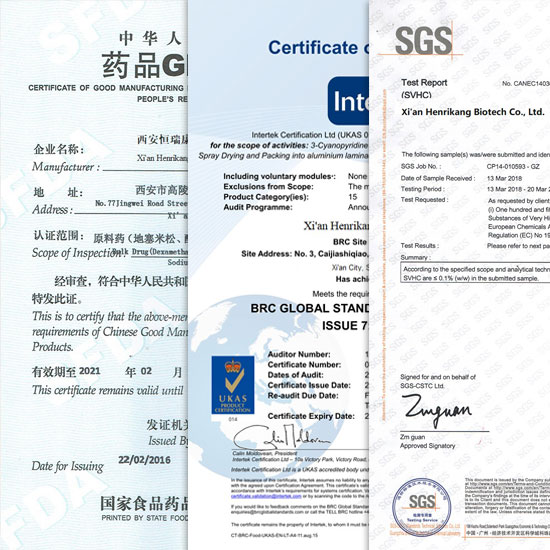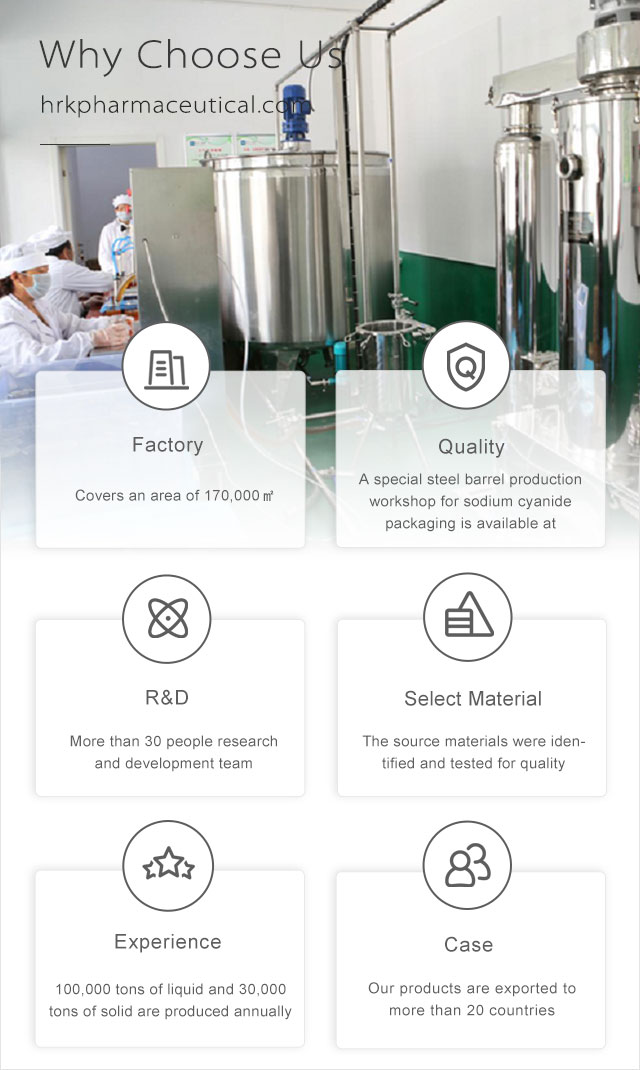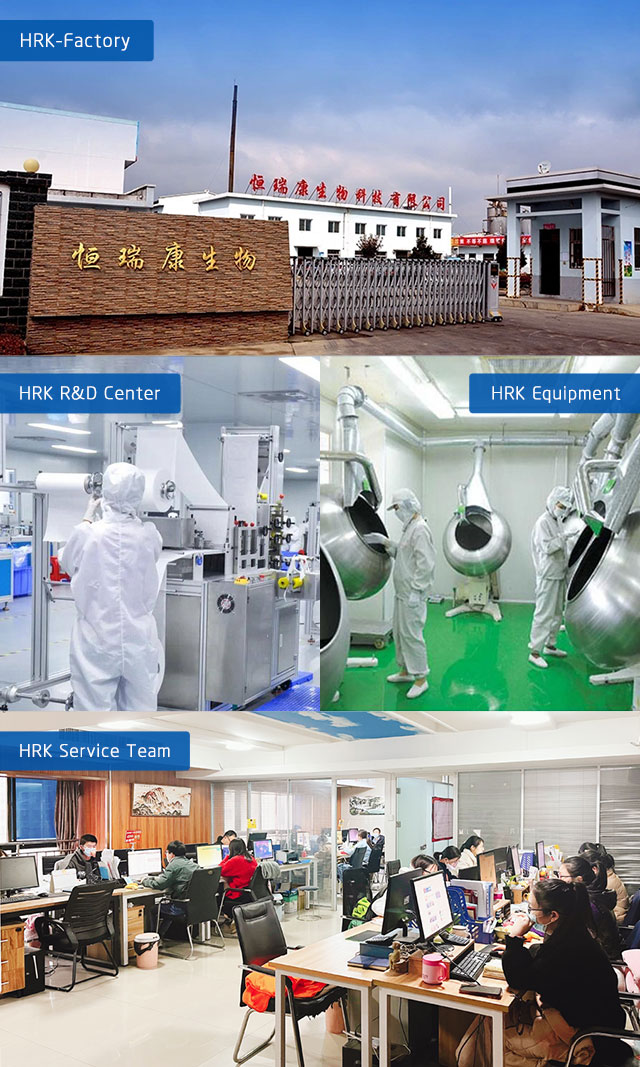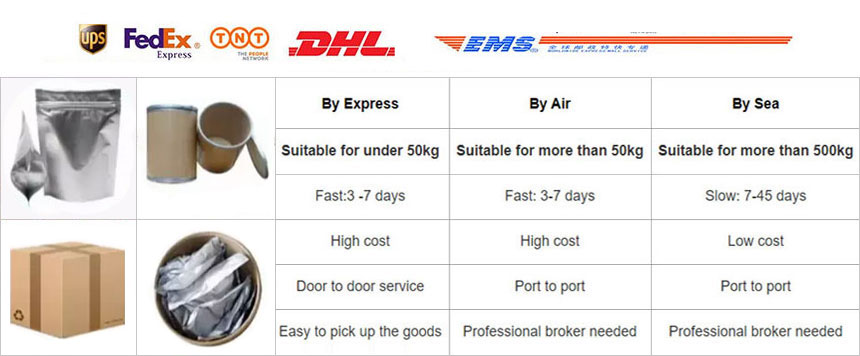





Related Attributes
Product details
L-Carnitine Tartrate is primarily focused on muscle. The significance of this is that the main function of the compound is to provide an additional source of ATP to this highly metabolised form of tissue. Due to its role in the mobilisation of fat to muscle tissue, the presence of L-carnitine actually helps to improve muscular endurance due to the increased energy supply. It also helps improve endurance by maintaining muscle glycogen stores and preventing the accumulation of lactic acid. Due to its ability to increase fat mobilisation, L-Carnitine Tartrate is considered to be an excellent weight loss supplement.

Uses of L-Carnitine Tartrate.
L Carnitine tartrate is used as a nutritional fortifier, in pharmaceuticals and especially in solid preparations.
L Carnitine Tartrate is the ideal form of L Carnitine for use in solid preparations, especially for tablets and capsules.
Used as feed nutrient fortifier, medicine and health care products, food additives, etc.

Source of L-Carnitine Tartrate.
Red meat is the main source of L-carnitine, which is non-toxic to the human body. Different types of daily diets already contain 5-100 mg of L-carnitine, but the average person can only consume 50 mg per day from dietary sources, and vegetarians consume even less. The main physiological function of L-carnitine is to promote the conversion of fat into energy. Taking L-carnitine can reduce body fat and lower body weight without losing water and muscle, and was recognised by the International Organisation for Obesity Health in 2003 as the safest weight loss supplement with no side effects.

Product Method of Bulk L-Carnitine Tartrate Powder.
10g (0.057mol) of L-ascorbic acid and 250mL of acetone were added to a 500mL flask, then 5.2% of the amount of L-ascorbic acid (AA) was added to stannous chloride (SnCL2-2H2O) catalyst, 2 zeolites, and the flask was fitted with a 1 Soxhlet extractor containing 20g of anhydrous sodium sulphate (wrapped in dry filter paper), and refluxed for 1.5h at 80°C and observed which AA reaction was finished and stopped.
Filtration, filtrate distillation at atmospheric pressure to recover acetone, to be most of the acetone evaporation, add a small amount of n-hexane, cooling, pumping filtration, with a small amount of 4:7 (v/v) acetone n-hexane to wash the product, drying to obtain a white product IAA11.6g, yield 94.3%, melting point 217-219 ℃.
Use water as solvent, add 2.2 mol/L pyridine and 10 mol/L potassium hydroxide (PH=12-12.5), add a little excess of phosphorus triclosan dropwise at 0-10 ℃ to react in IAA, and then neutralise with magnesium oxide after cation exchange resin refining to get the product with the yield of more than 70%.
Why choose us?

HRK Factory

About Shipping

Pharmaceutical Intermediate manufacturers
©2022 Xi'an Henrikang Biotech Co., Ltd.,